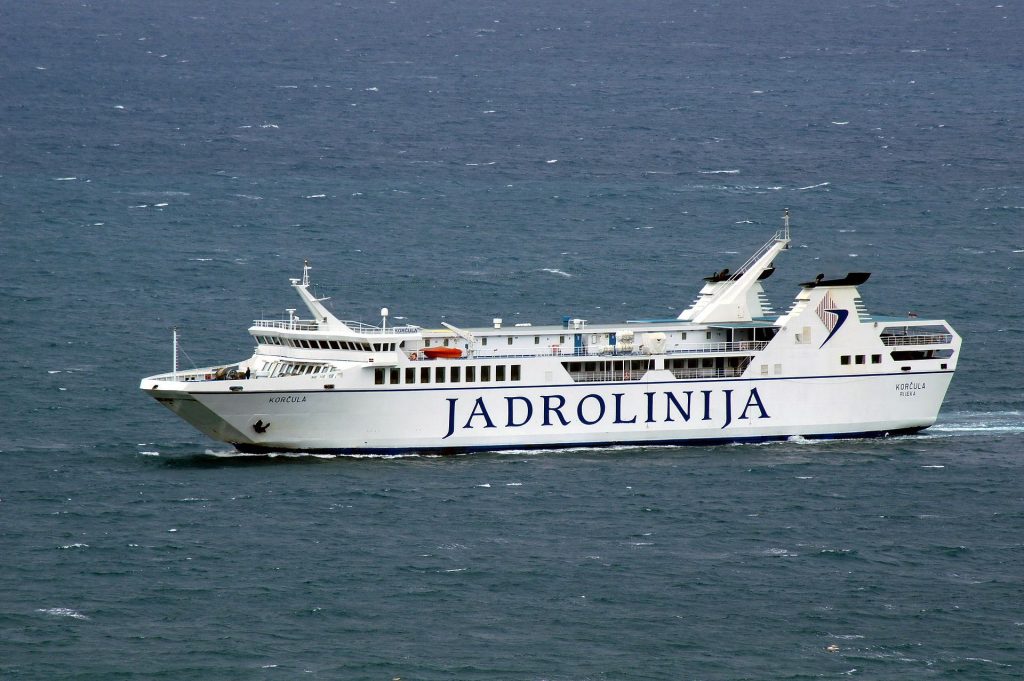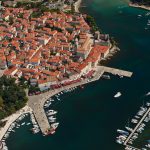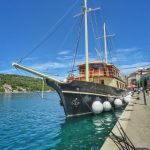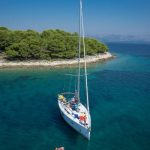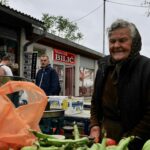Continuing with our alphabet series, we look to the letter J with a tribute to several islands and artists on April 16, 2018
J is for…
Jadrolinija
Known as the biggest shipping company in the country, Jadrolinija is the alpha and omega of maritime transport on the Croatian Adriatic. Counting some 50 ferries and catamarans, its fleet maintains over 40 regular lines in all areas from Kvarner in the north to Dubrovnik in the south, connecting the mainland with all the gorgeous islands you’ve been hearing about in the media. Krk and Cres, Pag and Ugljan, Brač, Hvar, Korčula, Vis… the options are (almost) endless, and if you’re looking to do some island hopping in Croatia this summer but aren’t planning to charter a yacht, there’s a good chance you’ll be boarding a Jadrolinija ferry at some point. And let’s not forget the latest good news: the company will also work on making its vessels more accessible to disabled persons.
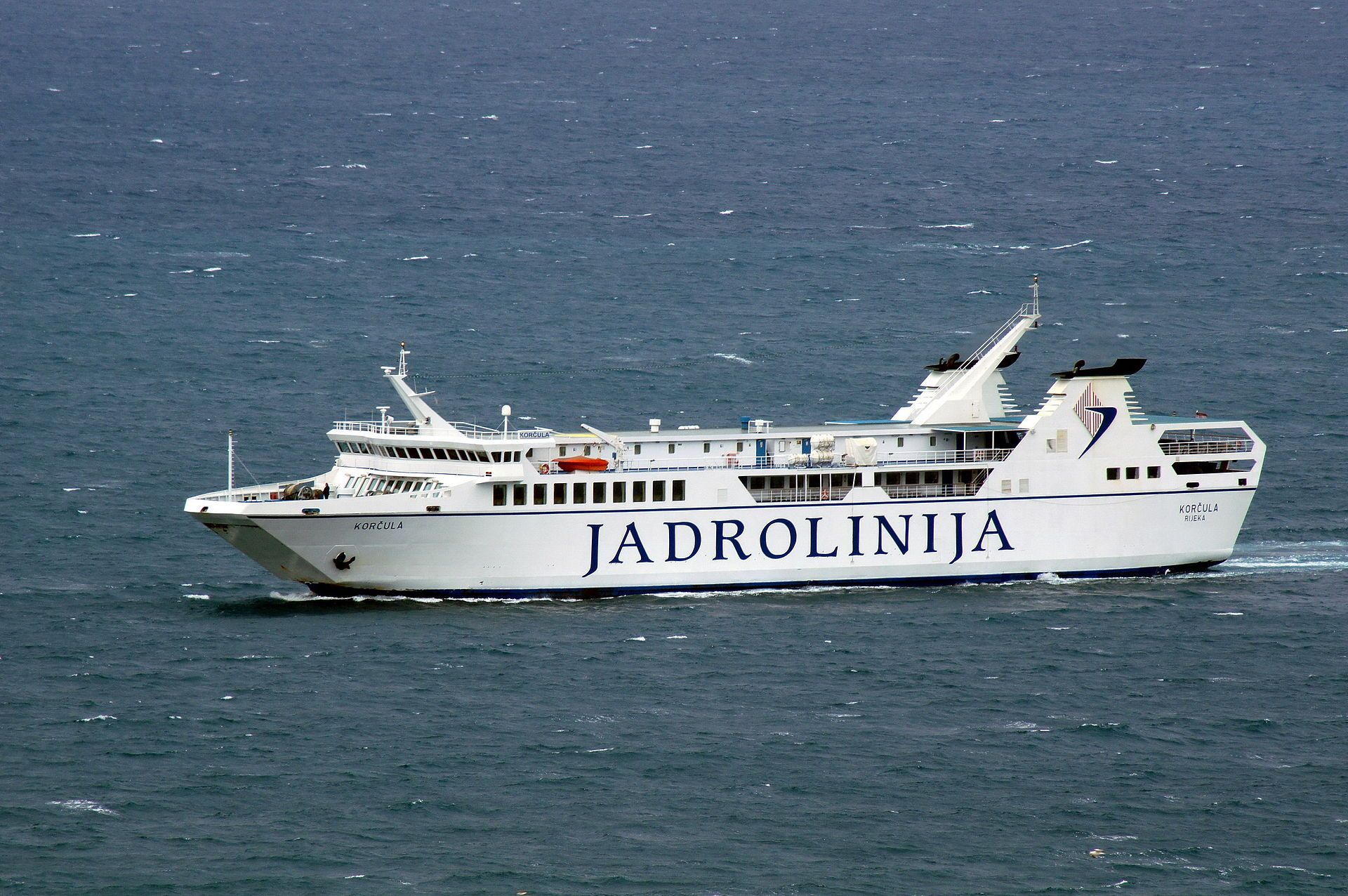
Of course, there’s always the other side of the coin, and Jadrolinija makes for no exception: lines are known to get cancelled without any prior notice to the passengers gathered at the port, and some parts of the fleet are so outdated, they’re not equipped to deal even with the most benign of adverse weather conditions. A hint of storm or strong wind is enough to kick some ferries and cats out of operation, leaving the island residents stranded for multiple days with no access to the mainland. If you’ve been following TCN for a while, you might remember this case on Prvić island that caused backlash among the local population; residents of Zlarin and Žirje islands have also been protesting the service which isn’t always reliable, to say the least. Let’s hope for Jadrolinija to pick up the pace in the coming years – while a missed ferry won’t be the end of the world in most cases, missing a flight back home because you ended up waiting on the riva in vain is surely a bigger deal. Now imagine what daily life on Croatian islands looks like out of season, with the locals dependent on a service provider to keep them connected to the mainland – and failing to do so more often than not.
Jabuka
An alphabet feature wouldn’t be an alphabet feature if we didn’t pay some love to an island or two, right? J is a tricky letter, but as it usually goes with our diverse island portfolio, there are some contenders worthy of a mention. First off, Jabuka: translating to apple in Croatian, Jabuka is an uninhabited volcanic island located in the southern Adriatic, some 70 kilometres to the west of the island of Vis. A peculiar shape protruding from the sea, 97 metres tall, the island isn’t exactly the most accessible of destinations: its isolated position in the deepest part of the Adriatic Sea makes it hard to reach, especially given that even the faintest whiff of wind can lead to considerable swells at the open sea. Mooring close to Jabuka will require a good deal of skill and just a tiny bit of luck, but considering the island is an increasingly popular spot among yachtsmen, the goal seems to be worth the journey.
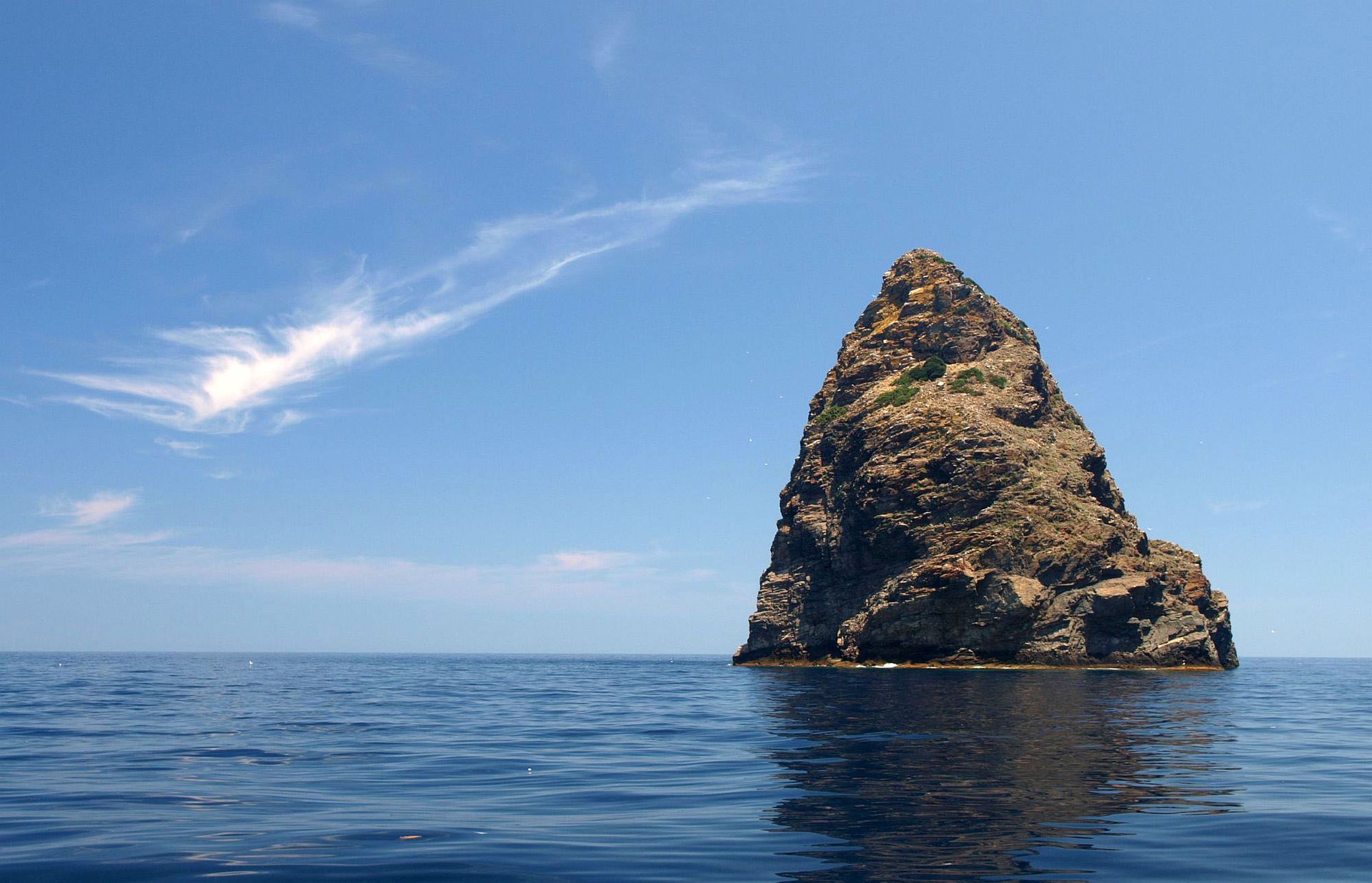
One more thing to know about Jabuka: the waters surrounding the island are rich in aquatic life, including some of the most beloved fish species – speaking from a gastronomic standpoint, of course. Called the Jabuka Pit, the area is one of the best known natural hatcheries on the Adriatic, giving way to prolific fishing activity. To prevent the damage that overfishing would inflict on the Jabuka Pit, Croatian and Italian scientists had joined forces last year and proposed a new regime to protect the habitat crucial for further reproduction of precious saltwater species. The experts advised to ban fishing altogether instead of introducing a quota system, as the former would allow the fish stocks to restore more easily. And so, on September 1, 2017, a fishing ban here in the Jabuka Pit; for the next three years, the aquatic species will be left to reproduce in peace.
Jakljan
The other island of the day, Jakljan is a part of the Elaphite archipelago near Dubrovnik. Same as Jabuka, it’s uninhabited, but unlike the previous item on the list, Jakljan saw some turbulent historic events in its day. In 1945, after the end of World War II, 214 Croatian and German soldiers were executed on the island by the Yugoslav partisans; a memorial to the massacred soldiers was installed on Jakljan in 2014. (You might remember a similar story that played out on Jakljan’s neighbour Daksa – read more about the island of ghosts here.) Later on, the island played an important part in the Homeland War, with one of its bays serving as a base for the Armed Boats Squadron Dubrovnik, a volunteer unit of the Croatian Navy that ran the naval blockade during the siege of Dubrovnik.
Jason & the Argonauts
We presented the legend of the famous mythical crew in the first feature of our alphabet series, but the legend is just too good not to be brought up every once in a while. This is how the story goes: the Greek king Pelias ordered Jason to obtain the rune of the golden oxen from Colchis. Jason assembled a crew and set off across the foreign seas to Mount Argo – which provided the memorable name to the team. So they stole the coveted rune, helped by Pelias’s daughter Medea, and fled to Hellas. Once the treasure was discovered missing, the Colchids set out to hunt down the Argonauts, led by Medea’s younger brother Absyrtus. The pursuit took them across the river Danube, all the way to Istria – and it should be mentioned that Danube used to be called Ister at the time, a fact seen as one of the ways to explain the etymological origin of the name Istria.
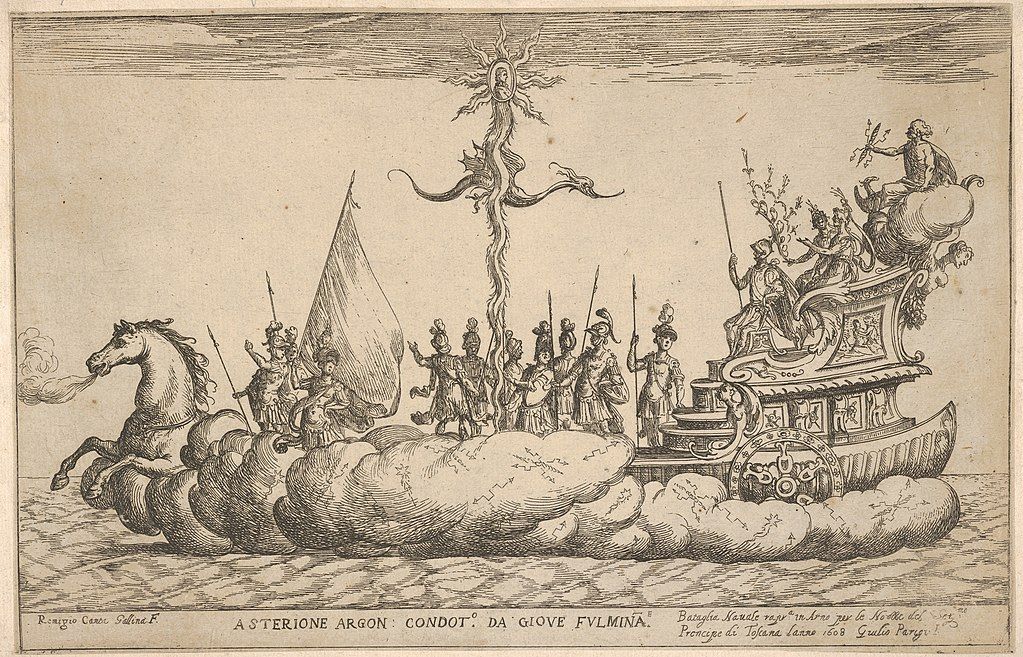
To be more precise, when we say Istria, we’re actually referring to the Kvarner bay: the Colchids caught up with the Argonauts at the islands of Cres and Lošinj where an open battle occurred, resulting in the death of Absyrtus. Jason and the Argonauts fled the scene, while the Colchids, devastated by the loss of their leader, decided to stay in Istria where they founded the city of Pula. Here’s a couplet written by a Hellenic poet Callimachus from Cyrene in the 3rd century BC:
…stayed their oars in the Sea of Illyria
beside the tomb-stone of blonde Harmonia,
and there built a little city
which a Greek would call
– ‘the city of the exiles’,
but which their language has named Polae.
Of course, this isn’t the official origin story of Pula, but we all love a good legend, don’t we? By the way, the islands of Cres and Lošinj are nowadays often referred to as the Absyrtides (Apsirtidi), in the honour of the fallen Absyrtus.
Juraj Dalmatinac
Sounds familiar? You might have seen this great historic figure mentioned in one of our tributes to Pag island. Juraj Dalmatinac is one of the most famous sculptors and architects in all of Croatia’s history; born to a noble family in the city of Zadar in 1410, he relocated to Venice in his youth, where he most likely received training as a sculptor. Also known as Giorgio da Sebenico (Juraj of Šibenik), the artist stands as a symbol of the golden age of medieval art in Dalmatia.
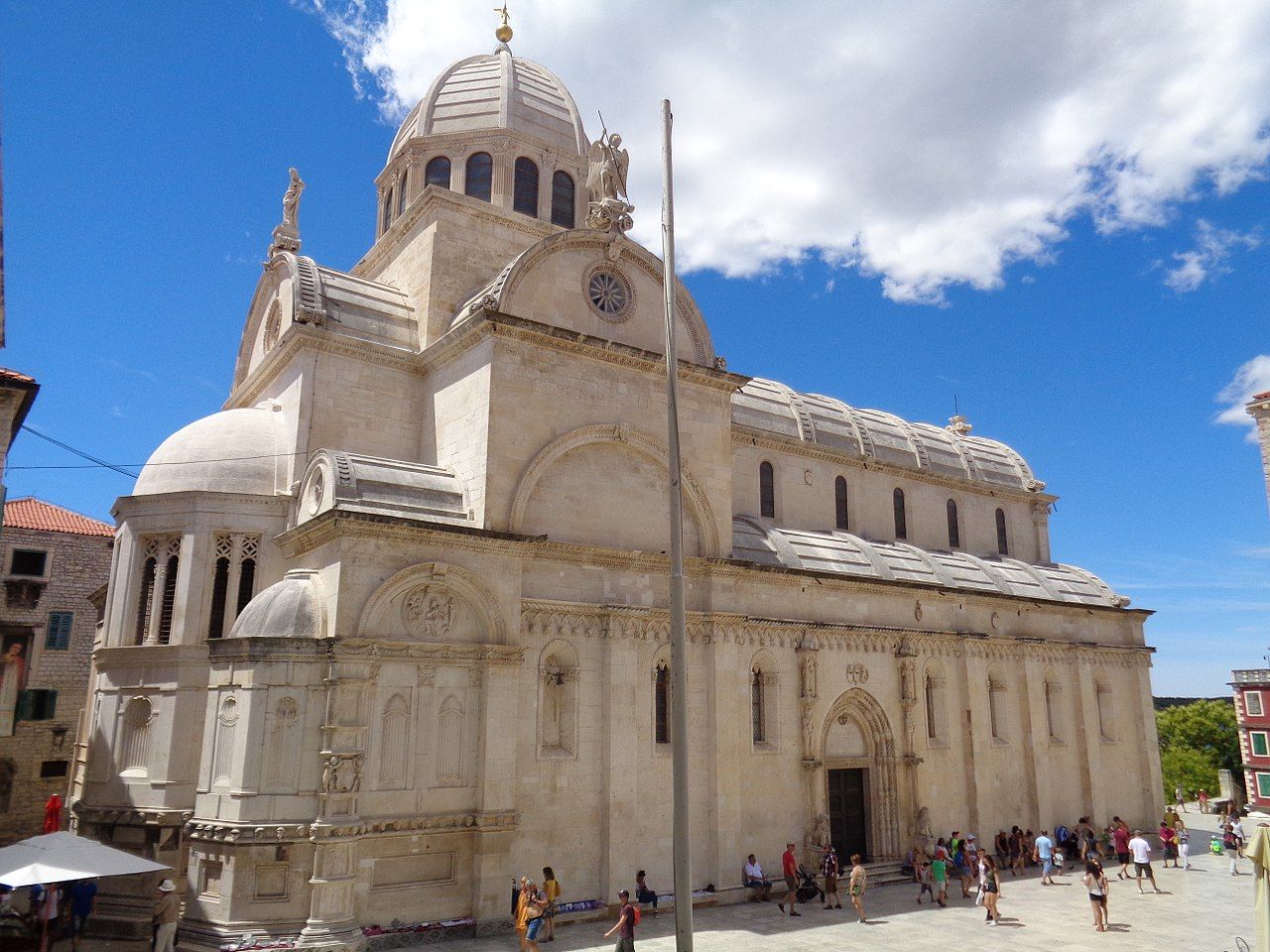
Cathedral of St James in Šibenik
He has quite an impressive portfolio to his name: if you look at the list of UNESCO World Heritage Sites in Croatia, Juraj Dalmatinac is either directly responsible for some of the items or played a major part in their construction. First of all, there’s his most celebrated work: the UNESCO-protected cathedral of St James in Šibenik, a splendid creation boasting a famous display of 72 heads carved in stone. Another UNESCO item? The Old Town Dubrovnik, where Juraj Dalmatinac took over the construction of the Minčeta fortress and worked on the Rector’s Palace as well. He’s also the mastermind behind the urban plan for the new Pag town, in which he also built the cathedral and the Benedictine church of St. Marguerite.
Julije Klović
Okay, this one might be a slight stretch in the context of this series, but call me an art nerd – Julije Klović, one of the best known Croatian-born artists in history, originates from Grižane village in the Vinodol area on Kvarner. He was born in 1498 as Juraj Klović, and as the case often had it (see above), moved to Venice at the age of 18. He studied under the great Renaissance artists Giulio Romano, going on to become a celebrated miniaturist and the greatest illuminator of the High Renaissance in Italy.
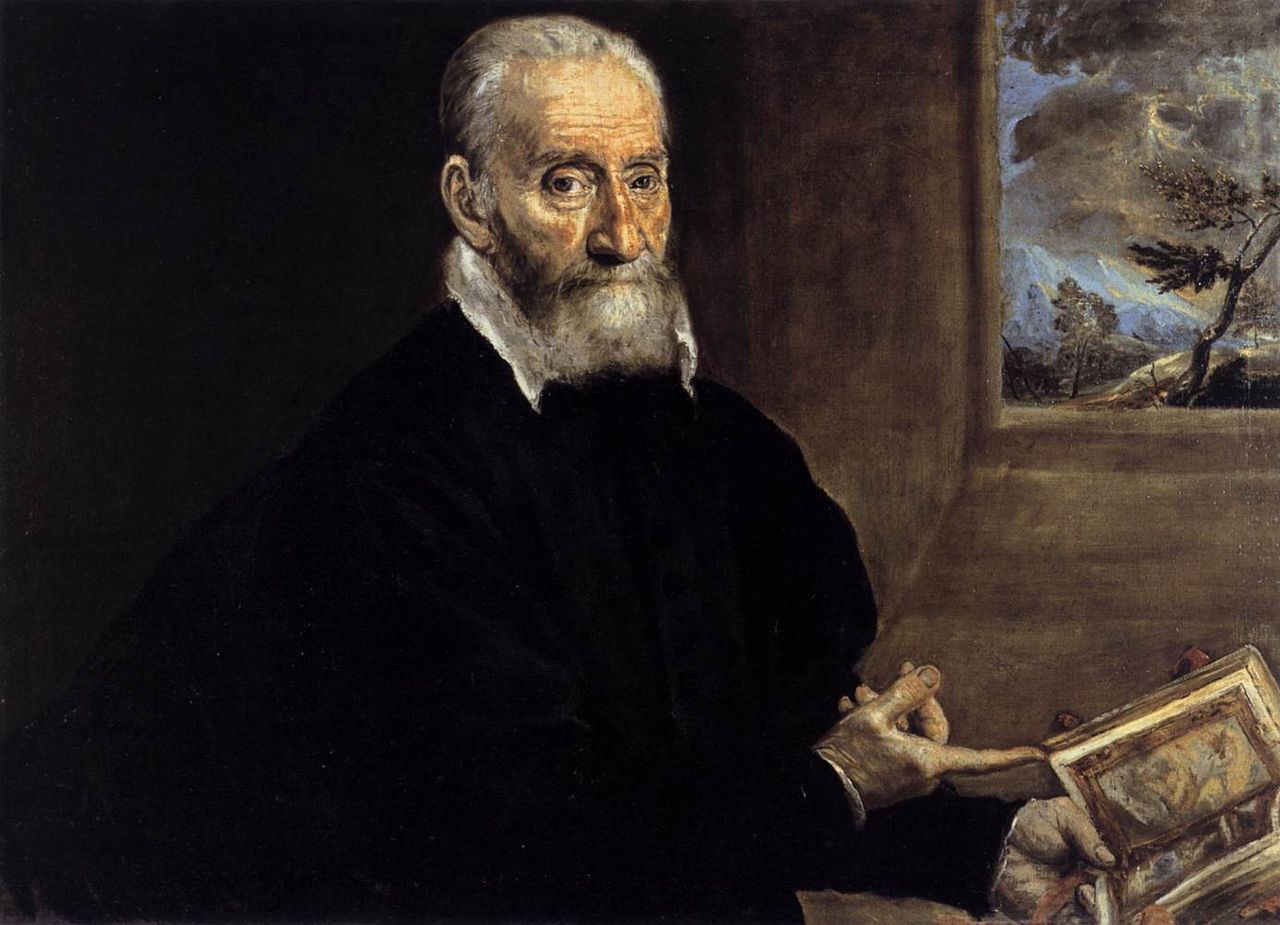
Julije Klović, portrait by El Greco
Klović had quite an interesting life and career: he worked for the Hungarian king Louis II in the early 1520s, then moved back to Italy to work for a cardinal in Rome. He then got ordained in Mantua and took the name Julije (Giulio) in honour of his late mentor; later down the line, the pope granted him permission to leave the priesthood. Klović went on to work for cardinal Alessandro Farnese, accompanying him to Florence, Parma, Piacenza and Perugia. In 1561, he returned to Rome where he had the opportunity to work in close contact with the leading artists of his age: Michelangelo, Vasari, Bruegel, and finally, El Greco – the famous artist of the Spanish Renaissance who painted two portraits of Klović.
Klović’s works made their way into reputable collections all around the world; his miniatures are preserved in London, Vienna, and Manchester. His most famous work, often called a masterpiece of miniature, is an illuminated manuscript created for cardinal Farnese – named Farnese Hours, the work is currently in the possession of the Pierpoint Morgan Library in New York City.
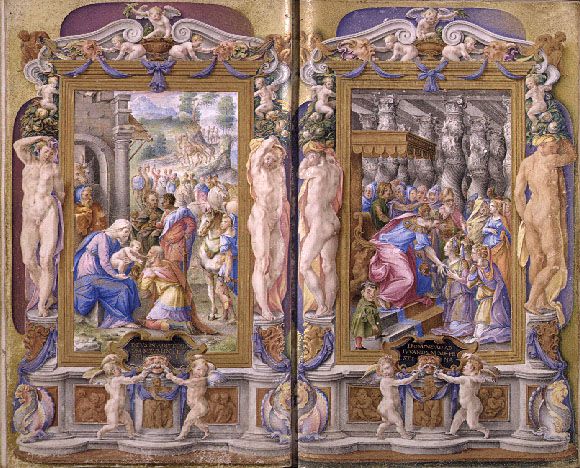
Klović is considered to be the last distinguished master of miniature art, praised by his contemporaries and acclaimed by art historians in equal measure. He was buried in the church San Pietro in Vincoli in Rome, also known as the home to Michelangelo’s Moses. And of course, there’s the best known institution bearing his name: the Klovićevi Dvori Gallery in Zagreb.
jugo
Moving on from art to other staple features of the Adriatic, a nod to jugo – the notorious southern wind that’s also known as one of the leading causes of headache on the Croatian coast. A heavy, humid weather phenomenon, often accompanied by annoying rain, jugo is probably the most despised member of the wind family where the Adriatic is considered. Its northern counterpart bura might be a stronger force of nature that takes down trees and gets roads closed for traffic, but at least it’s… sharp – a clean, crisp wind that’ll have your laundry dry in a matter of hours. However forceful it might be, bura brings clarity; jugo, on the other hand, turns entire cities into proverbial swamps, clouding the residents’ minds with a foggy mist.
As stated in this piece, “jugo is blamed for everything: low productivity, headaches, mental breakdowns, and a broken leg.” If you need any proof of jugo’s lethal impact, just look to the old Ragusa: in the Republic of Dubrovnik, any crime committed while jugo was blowing was likely to be judged less harshly than usual – or not at all, as jugo was believed to cloud the judgment of even the most professional of individuals. If murderous criminals used to be pardoned on the basis of jugo, we surely have a right to a slow day at work when the southern wind hits, right?

